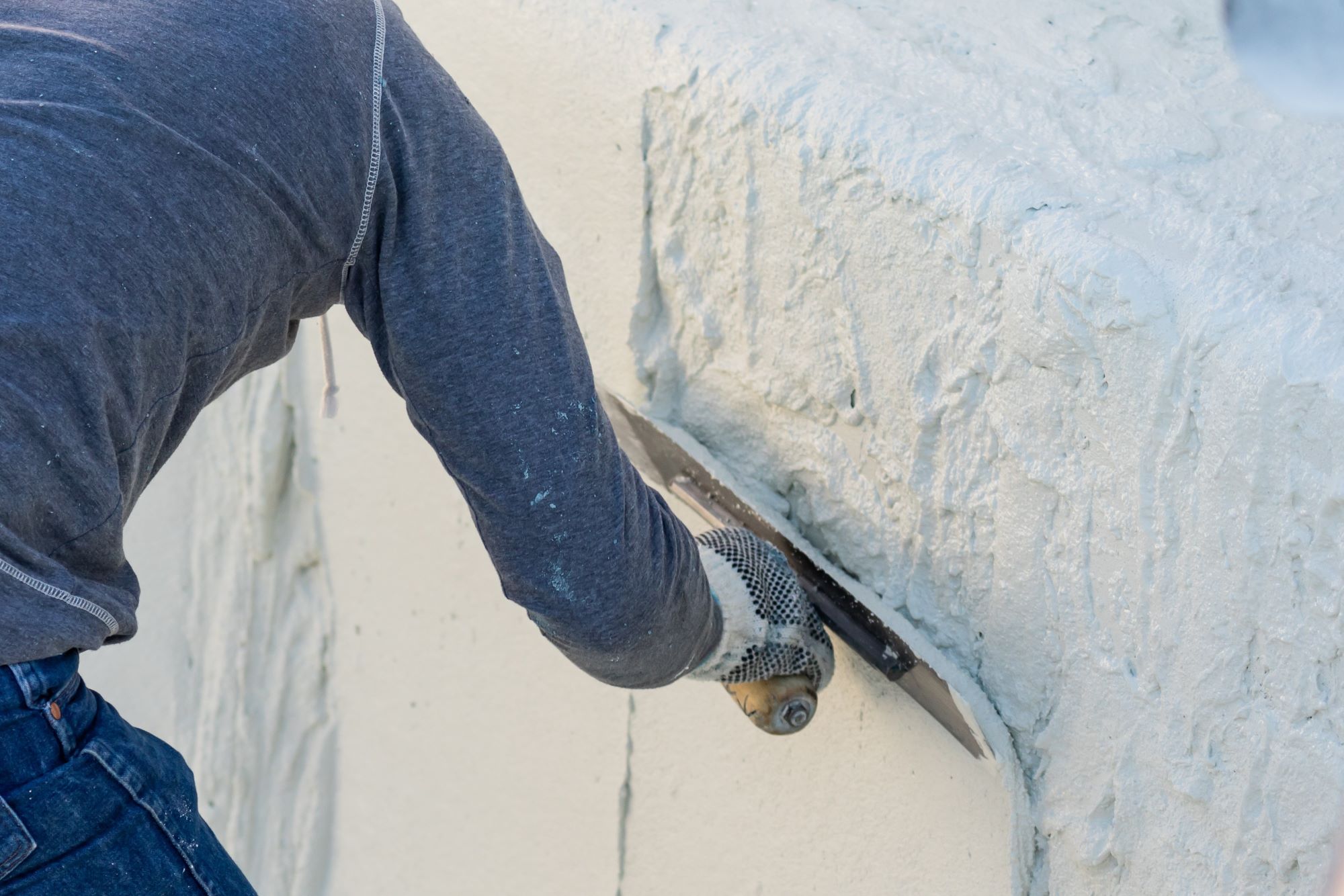Limestone has long been a component of cement. But
until recently, cement makers would only add up to 5% limestone powder to the industry’s most commonly used in the industry.
In a move to minimize its carbon footprint, the cement industry has increased the allowable limestone to 15%. This is meant to reduce the fossil-fuel consumption needed to form the base component of cement, called clinker, which involves temperatures high enough to melt minerals. More added limestone means less clinker — and less firing per batch. This also reduces the carbon dioxide released from heating the limestone during firing.
Those who produce the newer product, called portland limestone cement, say it can be treated like the traditional powder, with a bag of the newer product substituting a bag of the traditional product in the mix.
While some have dismissed added limestone as filler, it was chosen for a couple important reasons, says Phil Greggs, research chair for the National Plasterers Council (NPC). First, it does not cause a chemical reaction that would affect performance. Secondly, it can decrease porosity and increase strength in the final product.
But while limestone cements are not new to the world at large, they are to pool plastering. Most data regarding the product comes from the gray cement used to cast structural components, not the white variety. “There’s never really been research done specifically for our application as pool plasterers,” says Greggs, who also serves as technical director for Southern Grouts and Mortars in Pompano Beach, Fla.
So NPC has begun a study to determine if the product will require changes in plaster application and, if so, what.
Early stages
The team recently completed the study’s first phase. Tests were performed in a third-party laboratory, so all variables could be strictly controlled, void of differences that result from environmental conditions or applicators. Samples of both ordinary and limestone cement were created following NPC guidelines for water and aggregate ratios. White cement producers are participating in the research and provided materials.
“We did 80 different individual tests on six cements,” Greggs explains. “So we’re really trying to do a deep dive into the cement plaster mixture and trying to determine at what point does limestone potentially become a problem.”
They measured several performance characteristics between both types of cement, such as compressive strength, tensile strength, porosity, set time, flow, dry shrinkage and water demand.
In this round, the team sought to establish baseline data against which to compare results from testing in the field. In later stages, Greggs says, “We’re going to repeat some of the tests [from the first round] with different variables to better mimic what happens in the field.”
They also will test to see how the materials react to the addition of pigments and admixtures, as well as how they hold up in chemically treated pool water.
Future objectives
In part, the group hopes to learn what percentage of limestone works best for pool plaster. But the team is confident in the products themselves, which often surpass the standards governing them, says NPC Chairman Shaun Goldberg. Mostly the organization expects to learn what adjustments, if any, pool plasterers will need to make when working with limestone cement.
For instance, applicators may have to adapt how they add water. Portland limestone cement is ground finer than the traditional material. This increases the surface area that must be coated with water. “So it drives water demand up,” Greggs said.
But you don’t want to add enough water to weaken the final product. In its testing, NPC expects to learn the ideal water-to-cement ratio to ensure both workability and long-term strength. It may show that applicators need to more carefully measure the water they add, Greggs and Goldberg say.
The group plans to look at other avenues as well. “There are admixtures used in the concrete industry that we don’t use in the pool industry that we may start to look at — water reducers being one of them,” Greggs explains.
NPC expects limestone levels to continue increasing in the future, partly based on how quickly the cement industry has adopted the new ratio. So the testing also is meant to provide guidance if levels go beyond 15%.
“This testing is to try to get ahead of the curve,” Greggs says.
To that end, the next round will involve cements with more than 15% limestone. It also will take place in a lab, comparing the performance of higher-limestone cements with those tested in the first round.



